1. Miss Denmark, 1930
In 1930, Miss Esther Petersen was named Miss Denmark and took part in the Miss Europa competition in Paris, which records show was won by Miss Greece. Denmark first chose a national beauty queen in 1926 and the competition still exists today.
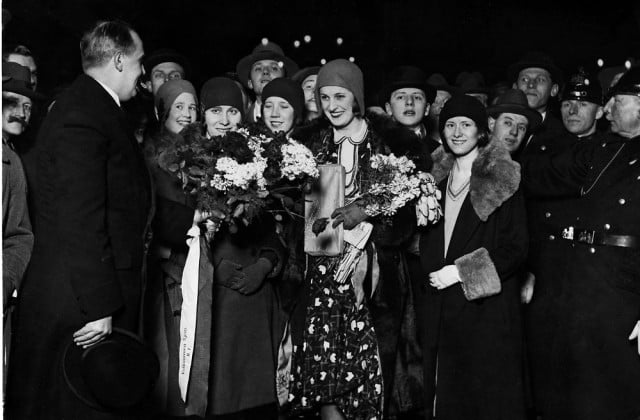
Photo: Ritzau Scanpix
2. Workers in radio factory, Copenhagen, 1966
This photo shows assembly workers in the factory of Danish radio maker TO-R. The factory closed that year after the company became insolvent.
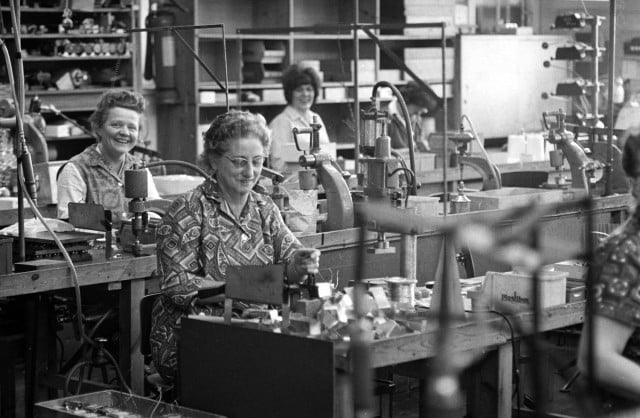
Photo: Svend Aage Mortensen/Ritzau Scanpix
3. Copenhagen City Square, approx. 1937
Copenhagen City Square (Rådhuspladsen), one of the most recognisable and busiest spots in the Danish capital, as it once looked in a photo thought to be from 1937.
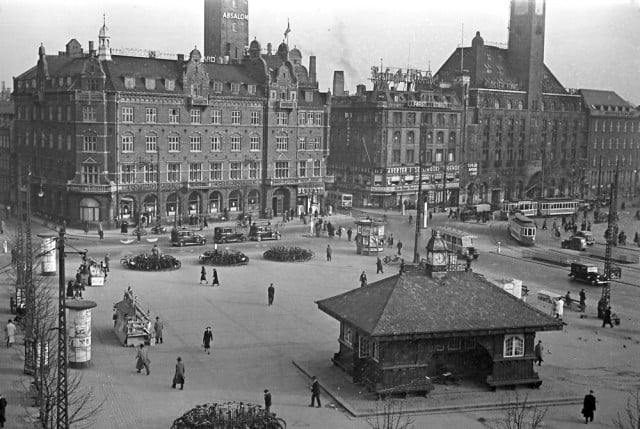
Photo: Unknown/Ritzau Scanpix
4. Memorials at Nyhavn, 1950
Another of Copenhagen's most famous sights is Nyhavn, with its brightly-coloured harbourside houses and tourist-friendly cafes and restaurants. Here it is in 1950 with two memorial crosses erected at the end of the harbour.
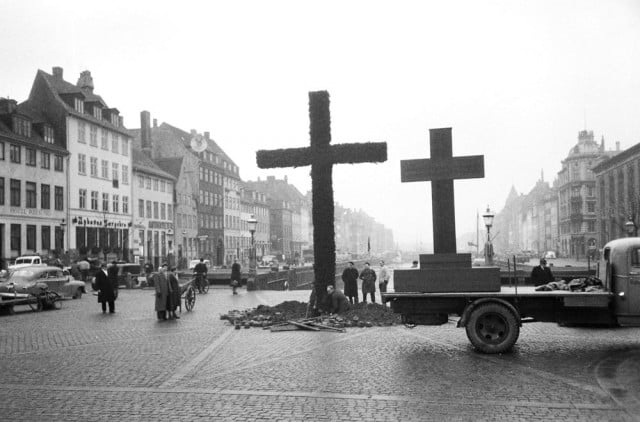 Photo: Unknown/Ritzau Scanpix
Photo: Unknown/Ritzau Scanpix
5. Stop for aircraft, 1959
A road and a runway cross at Karup in Jutland.
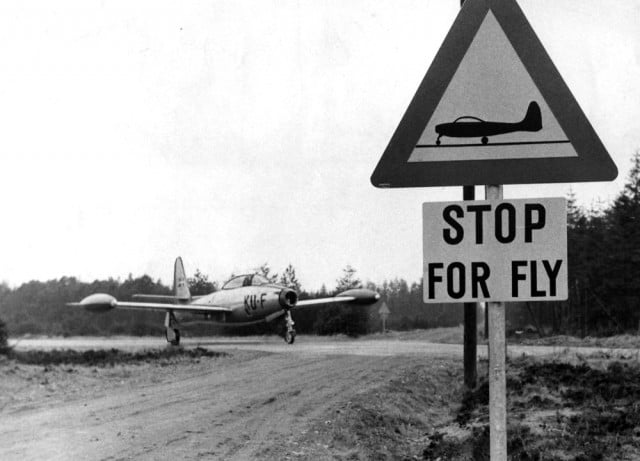
Photo: Willy Lund/Ritzau Scanpix
6. Christiania, 1970s
Christiania, the subversive 'freetown' in Copenhagen, started life as a hippie squat in 1971. Here it is in its early years.
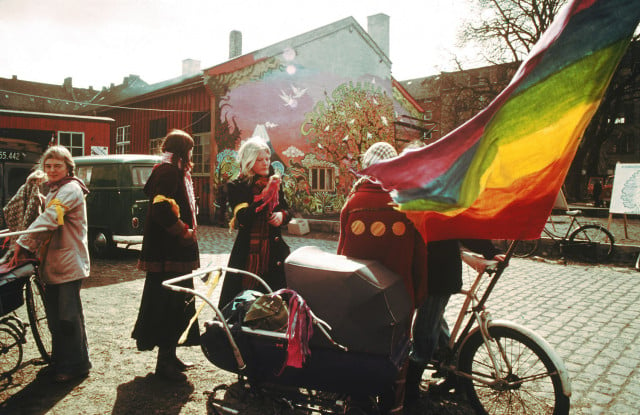
Photo: Steen Jacobsen/Ritzau Scanpix
7. Before the Metro
Before the Copenhagen Metro or Aarhus Light Rail, Denmark had trams. Here a tourist tram takes visitors to Copenhagen's sights in 1966 or 1967.
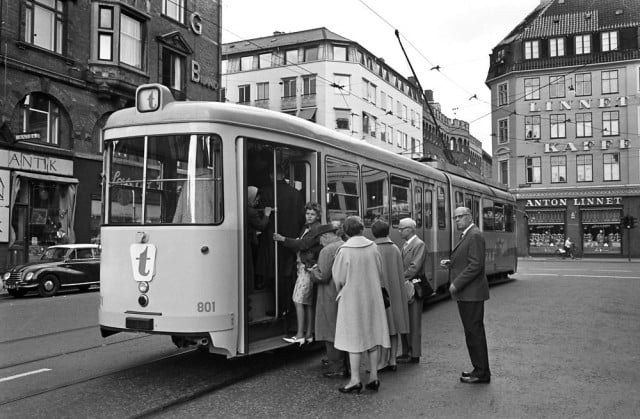
Photo: Bjarne Lütchke/Ritzau Scanpix
8. Kødbyen, 1960s
Copenhagen's Meatpacking District is today one of the city's trendiest areas, with a host of enticing bars, restaurants and cafes. This 1960s photo shows cows being brought to market to be slaughtered.
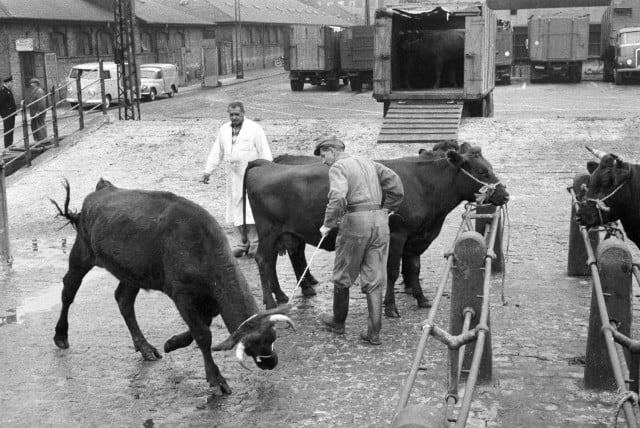
Photo: Per Pejstrup/Ritzau Scanpix
9. Øresund Bridge, 1998
The Øresund Bridge connecting Copenhagen with the Swedish city of Malmö opened in 2000. Here it is two years earlier.
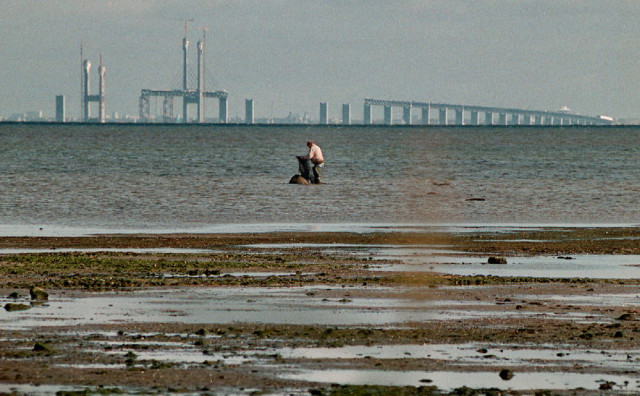
Photo: Martin Dam Kristensen/Ritzau Scanpix
10. European champions, 1992
100,000 fans turned out at the City Hall Square in Copenhagen on June 27th, 1992 as the Denmark football team returned home with the European Championships trophy.
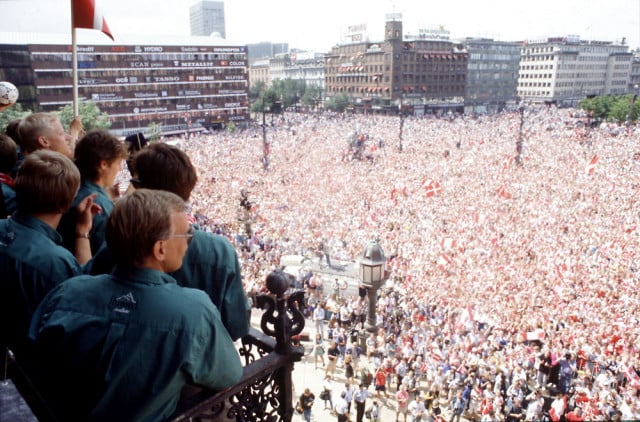 Photo: Thomas Sjørup/Ritzau Scanpix
Photo: Thomas Sjørup/Ritzau Scanpix
SEE ALSO: IN PICTURES: 2018 Copenhagen Marathon


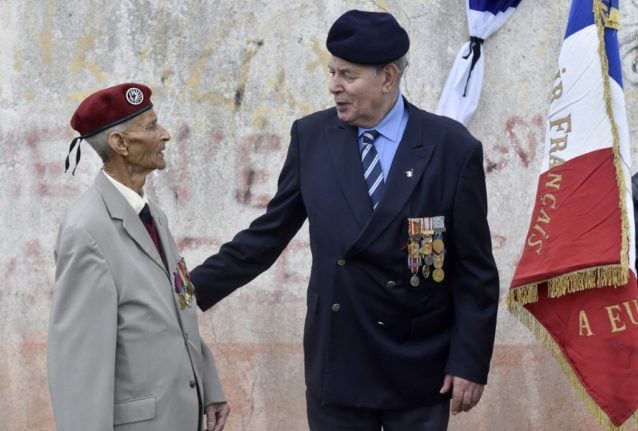
 Please whitelist us to continue reading.
Please whitelist us to continue reading.